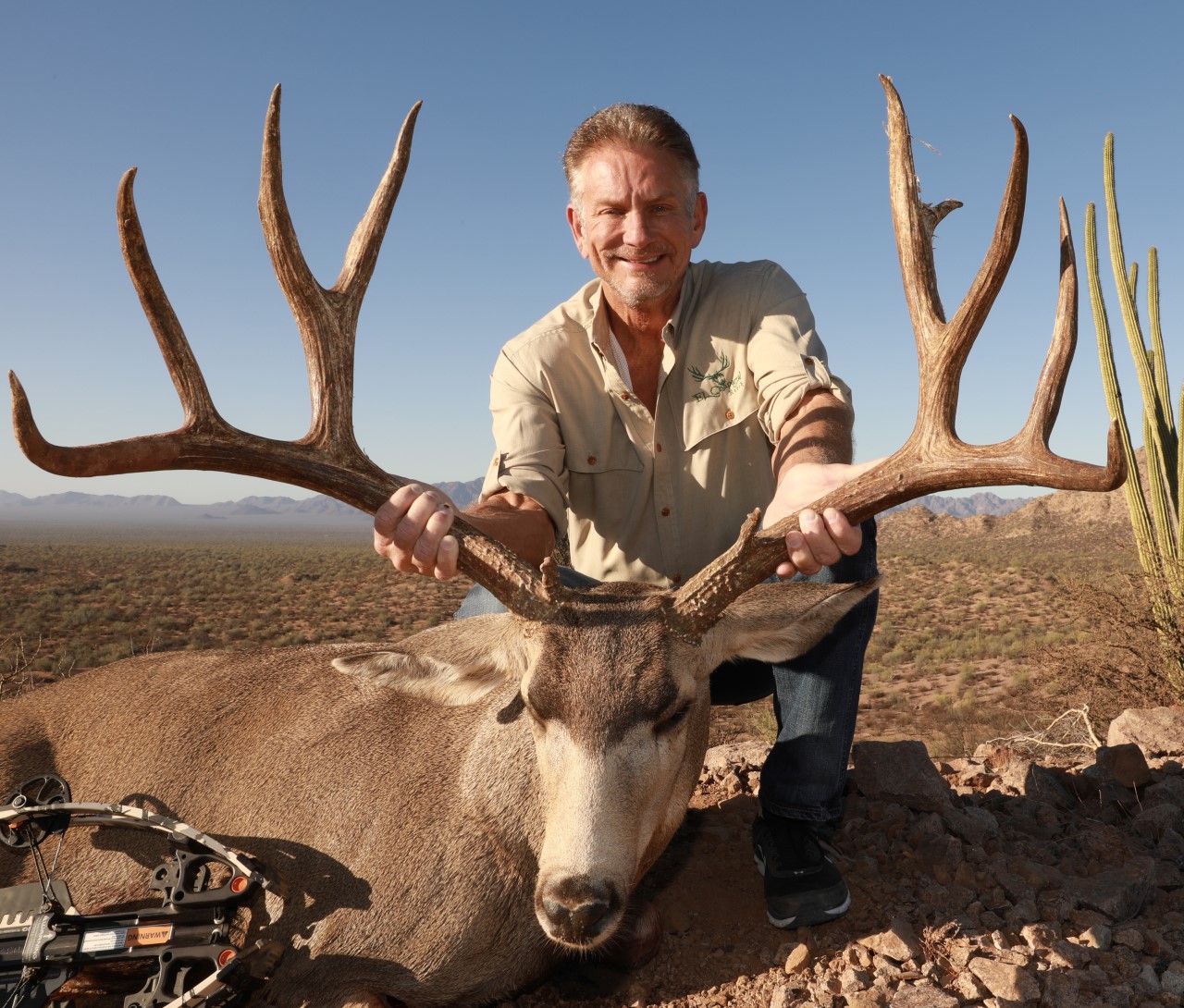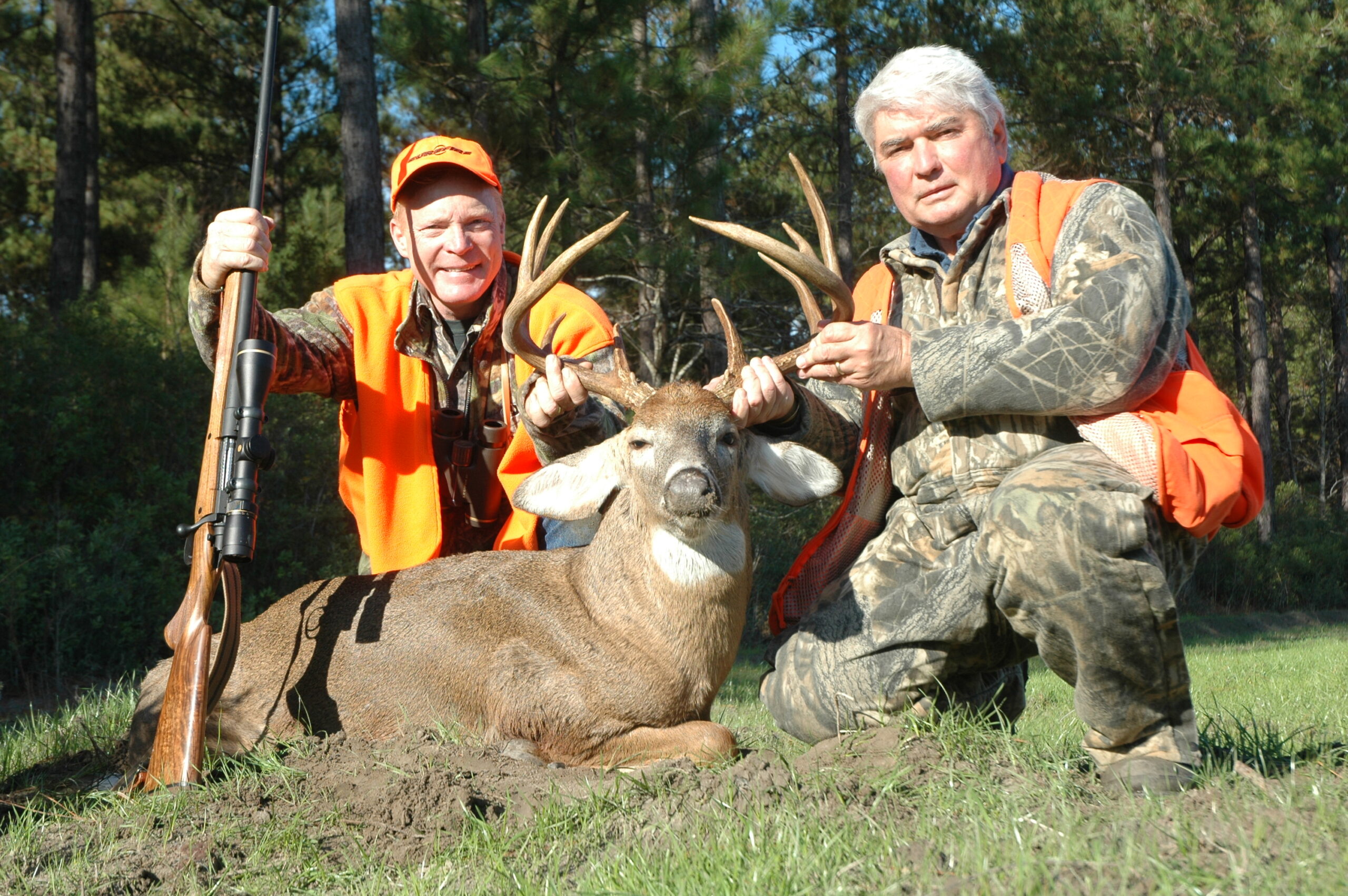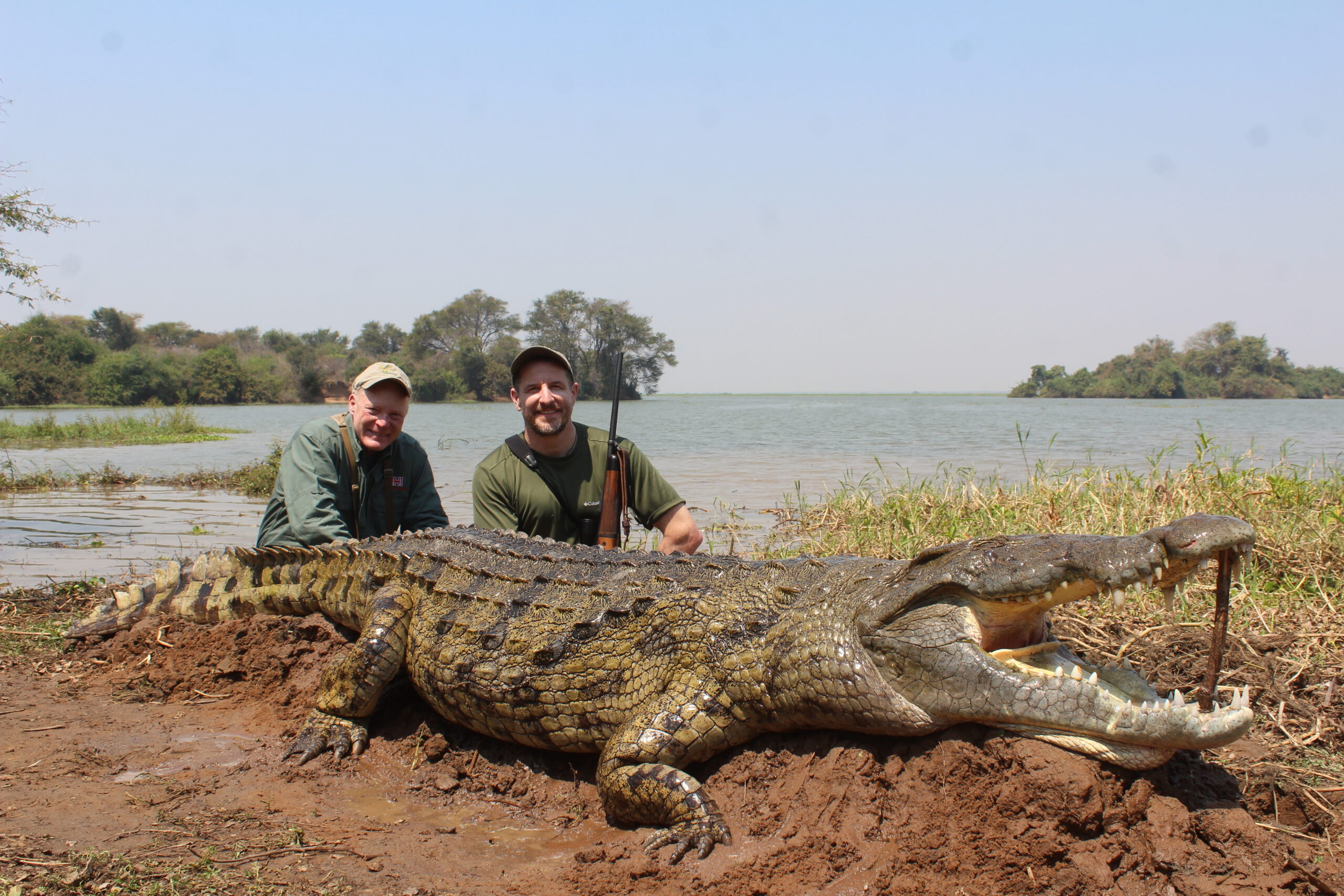A Turkey Season, Marked by Struggle, Ends on a High Note
By Jack Orloff, Associate Editor
Originally published in the July/August 2024 Issue of Safari Magazine.
My chest rattled as a deep gobble echoed through ancient hardwoods on Virginia’s Eastern Shore.
I had cut the bird off, and he was coming my way.
I could feel the percussion of my heartbeat getting faster and faster as he got closer and closer. With the season closing soon, it was now or never. This was the moment I had been waiting for.
Spring turkey hunting is hard. If anyone has told you it’s easy, they’ve probably never done it.
It also will make you question things about yourself as a hunter: your calling abilities, location choices and any decision you make while hunting them.
They will drive you crazy and make you wonder why you are even out in the woods in the first place. But when the stars align, and the plan comes together, there may be no other game bird as exciting to hunt as a wild turkey.
Over the years, I’ve spent countless hours chasing turkeys, walking for miles, calling, sitting and waiting. It’s a game of patience, and sometimes, having great patience doesn’t pay off in the end. But that’s the name of the game.
This season started off in frustration for me. An early start in Central Florida in March had me optimistic about getting the job done early. I had trail cam photos of enormous Osceolas (Meleagris gallopavo osceola).
“We’re going to kill one,” my buddy in the Sunshine State kept telling me.
The first morning in Florida was a typical hunt by most standards. A lone hen was hanging out in the decoys, pecking around looking for insects. We hoped a gobbler would pop out of the woods behind her, but he never did.
That afternoon, we sat at a pinch-point near a creek crossing to catch the afternoon traffic in full swing. A group of two gobblers and six hens made their way close to our jake decoy. But they stopped, froze and stared. They were just out of range, and the flock turned around and headed back the other way.
“Maybe they didn’t like the decoy?” I said.
“Or did they see us?” said my buddy. “Maybe they were turkeys just being turkeys.”
These questions crept through my mind as I continued to beat myself up during the rest of our hunt without success. More turkeys came in that day, and they’d either hang up or putt and scatter.
A few weeks later, I hunted in Texas for Rio Grande turkeys (Meleagris gallopavo intermedia). Although it was about 1,200 miles away from Florida, the results were the same. Mornings began on positive notes. I usually heard birds gobbling on the roost. I closed the distance a few times, getting within 100 yards of mature Toms.
Any turkey hunter knows that if they are gobbling, you have a good chance of killing. However, as I spoke the sweet sounds of turkey love, they seemed to get closer and then turn away, get closer again and then turn away before finally heading off into a mesquite maze again and again.
Sometimes, I feel completely defeated when I get that close and it doesn’t happen. However, that disappointment flamed my desire to harvest a bird and continue pushing for success.
In May, SCI staff and volunteers spent a week in Washington, D.C. on Capitol Hill advocating for hunters’ rights and wildlife conservation during SCI’s May Board of Directors Meeting and Lobby Day.
I decided to stay a few extra days after and try again to harvest an Eastern (Meleagris gallopavo silvestris) on family property on the Eastern Shore. It’s where I grew up hunting, and where I fell in love with the sport.
I would give it one last Hail Mary before the season closed.
That morning, I crossed a large, newly planted cornfield at first light. I put out a lone hen decoy in the corner of the field where I had success in previous years. I ducked into the woods and got ready. As the sun rose, the silence was deafening. I didn’t hear a single bird gobble on the roost.
After a few hours of sitting and calling now and then, I decided to get up and look around.
I quietly crept through the vine-covered hardwoods, making sure not to step on any straggling twigs that had fallen to give my location away. Every now and then I would stop, let out a call and listen.
Not a peep.
It’s common for gobblers to be quieter during the late season because they don’t want to give their location away to predators and because most hens are already on their nests.
It was now late in the morning, so I decided to take a break and try another location. I made the trek back to the car, tossed my gear in the back and headed down the road discouraged.
As I drove down the road, out of the corner of my eye, I spotted a small black dot about 300 yards in the middle of the field.
By its size, I could tell he was a gobbler, and he was casually walking towards the woods where I had just come from.
I quickly put on my gear, grabbed the hen decoy, and began fast-walking through the woods to try to cut him off.
I splashed through a small creek and hopped over a few fallen trees before reaching an old logging road. There, the forest canopy opened, showcasing the bright green colors of springtime.
Huffing and puffing, I finally got to where I thought I would be parallel with the gobbler. I assumed he was still in the field, but my Spidey senses were tingling, and I could feel that he was very close.
Frantically, I placed the hen decoy in an opening so he could see her and sat back about 15 yards against a tree just off the old logging road.
As I pulled the slate call out of my vest, I noticed my hands were shaking. I struck the slate call and made a few soft clucks.
The bird let out a thunderous gobble. It sounded like he was in my lap. But I couldn’t see him.
Knowing this was the moment, I shouldered the Mossberg SA 28-gauge and clicked off the safety.
It was only a second after when, in the corner of my eye, there stood a gorgeous Eastern Shore gobbler at 25 yards. His head was up and he looked right at the decoy. His reddish-brown iridescent colors shined in the sunlight.
My heart was beating intensely. I could feel my ears throbbing with every pump. The bird moved closer. It felt like years passed. I waited until he stopped and lifted his head.
The kick of the Mossberg surprised me. The semi-auto ejected the Federal Premium Custom Shop 28-gauge shell to the ground.

When the smoke cleared, I saw that I made a great shot, and the bird was down!
I was overwhelmed with emotions of excitement. I felt relief and a little bit of sadness that it was now over. I sat next to the bird as he took his last breath. I put my hand on his back and thanked the bird and God for the opportunity.
The incredible feeling at this moment is hard to explain. Maybe it’s one that only turkey hunters know. It’s what keeps me coming back year after year.
In his book “Tenth Legion,” Col. Tom Kelly wrote, “The last one that ever does come to me will call forth the same emotion that the second one did. I will sit there waiting, gun up, and heart thundering, and say to myself what I’ve said on every single occasion: I’m glad I live to see it one more time.”
We hunters sometimes can get disappointed when things don’t go our way. But it’s usually worth the wait. To me, hunting any animal is not just about the kill. It’s about being out in the wild, doing my part to manage wildlife, enjoying the camaraderie of friends and experiencing nature to its fullest. That’s the real reward.
Gearing Up
At only 6 pounds, Mossberg’s SA 28-gauge Tactical Turkey is a lightweight, quick-swinging turkey-killing machine.
It’s concealed in Mossy Oak’s Greenleaf pattern. The semi-auto has a 22-inch barrel, 2.75-inch chamber, an extended turkey choke and synthetic pistol grip stock.
I paired it with Federal Premium Custom Shop 2 3/4 28-gauge shells with No. 9 TSS shot. I got good patterns at many distances, and the heavier-than-lead tungsten TSS has impressive knockdown power.

The way I see it, if I am only going to take one or two shots all season long, I wanted the best possible ammo in my gun. It did not disappoint. —Jack Orloff




